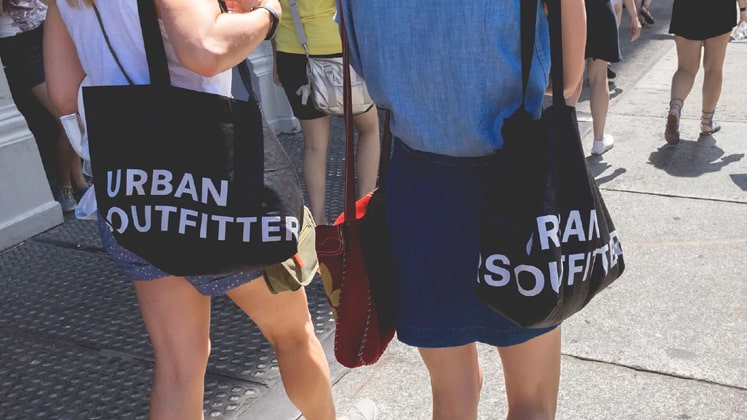

In one factory, they made a daily base salary of $20, which would then be docked by $14 if any garments had mistakes.īut still, the brand continues to soar in popularity across the world-especially in countries like France, Ireland, Iceland, Egypt, Sudan, South Africa, Saudi Arabia and China. Channel4’s documentary, Inside The Shein Machine, sent undercover cameras to film factory workers who were forced to pull 17-hour shifts to make hundreds of garments a day. Many also worked without contracts or minimum wage requirements, thereby allowing the company to reportedly fail to pay its employees properly.
#Clothing about us windows#
The group hired independent Chinese researchers to track Shein’s manufacturing and packing process in China and Europe and found that many were running informal factories set up in residential buildings.Īdvocacy groups and journalists also uncovered evidence that Shein’s $11 bikinis and $7 crop tops were being made by people working in unsafe workshops, lacking safety protocols like windows and emergency exits.

Then, Swiss watchdog Public Eye released another detailed report in November which accused Shein of violating Chinese labor laws. A lengthy investigation by Wired first chronicled how both laborers and consumers suffered from the production of its clothes, while a documentary by the U.K.’s Channel 4 found that Shein employees were working 75-hour shifts with very little time off. A damning record on workers’ rightsĭespite it all, perhaps the bigger controversy regarding Shein is the treatment of its workers, who toil away in Chinese factories in unfit conditions. Still, the impact of these initiatives is yet to be seen, especially considering a survey by BCG which found that just 18% of retailers who had previously set emissions targets were on track to achieving them, while another 35% were stalled in their progress. According to an investigation by Rest of World, Shein added anywhere between 2,000 and 10,000 individual styles to its app each day between July and December of 2021.
#Clothing about us software#
The business model works like Amazon-a sprawling online marketplace brings together about 6,000 clothing factories in China under Shein’s label, while internal management software collects near-instant data about which items are selling and which aren’t to visibly boost the popular items.

Its biggest selling point is the low pricing of clothes that are shipped to more than 150 countries and regions worldwide, catering to women in their teens and 20s. Over the years, Shein went from being a low-cost Chinese apparel merchant to a global, online-only fashion juggernaut, climbing in sales from $10 billion in 2020 (according to Bloomberg) to a whopping $100 billion in 2022. Pronounced “she-in,” the fast fashion Chinese behemoth was founded in the city of Nanjing in 2008 by Chris Xu, a U.S.-born entrepreneur and search engine optimization specialist.


 0 kommentar(er)
0 kommentar(er)
